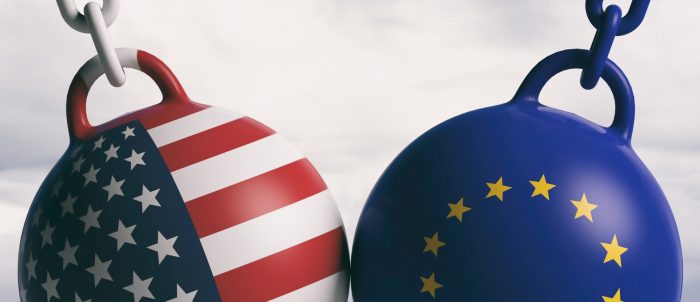European enforcers have brought high-profile antitrust cases against the tech giants, and both activists and members of Congress are calling for action in the United States. This short note identifies ten hard-wired differences between the European and American enforcement regimes that make very it difficult for the U.S. antitrust enforcement agencies to emulate their European counterparts. This note also identifies a few other points of contrast between Europe and the United States that affect antitrust enforcement against tech giants going forward.
Gregory J. Werden & Luke M. Froeb1
The European Commission (“EC”) and some national competition authorities in Europe have taken on tech giants in high-profile cases, and more cases are in the works. Activists and members of Congress call for action in the United States, although their calls typically are vague about what action should be taken and by whom. Without criticizing any enforcement action, or the inaction of any enforcer, we explore how Europe systemically differs from the United States in ways that affect enforcement against the tech giants.
Our main point is that numerous hard-wired differences between the European and American enforcement regimes make it very difficult for the United States (“U.S.”) antitrust enforcement agencies to emulate their European Union (“EU”) counterparts. Generally speaking, we do not favor changes to the U.S. regime to
...THIS ARTICLE IS NOT AVAILABLE FOR IP ADDRESS 216.73.216.23
Please verify email or join us
to access premium content!

